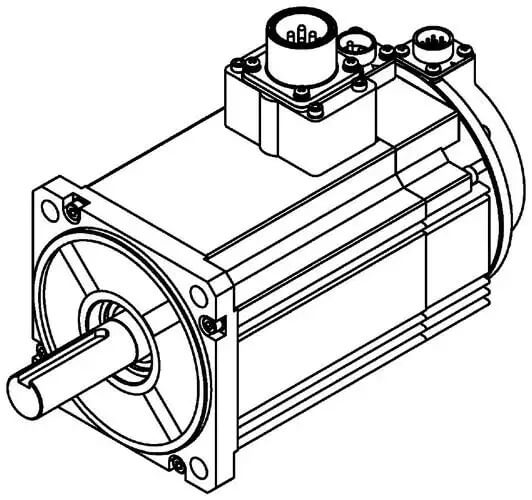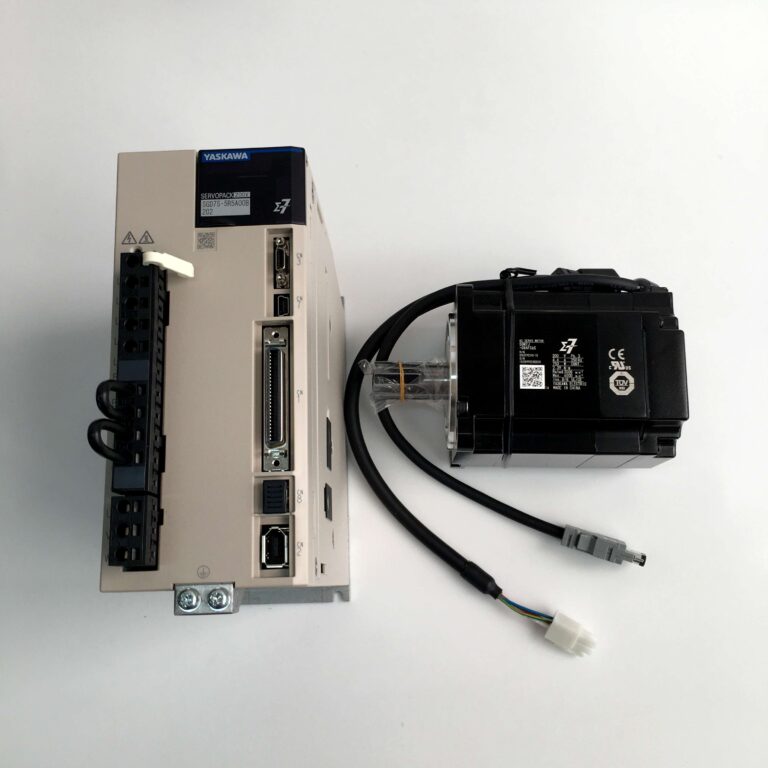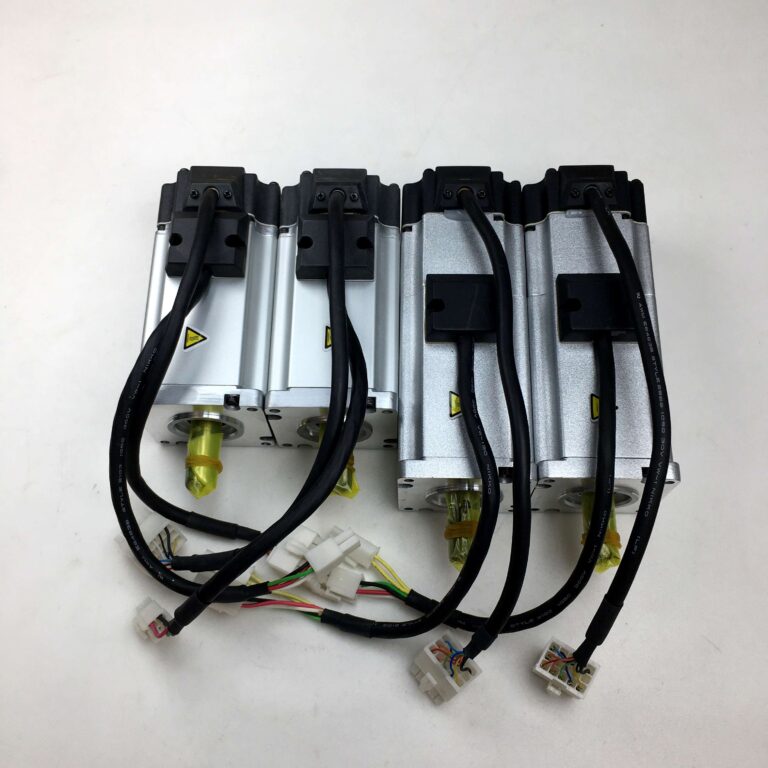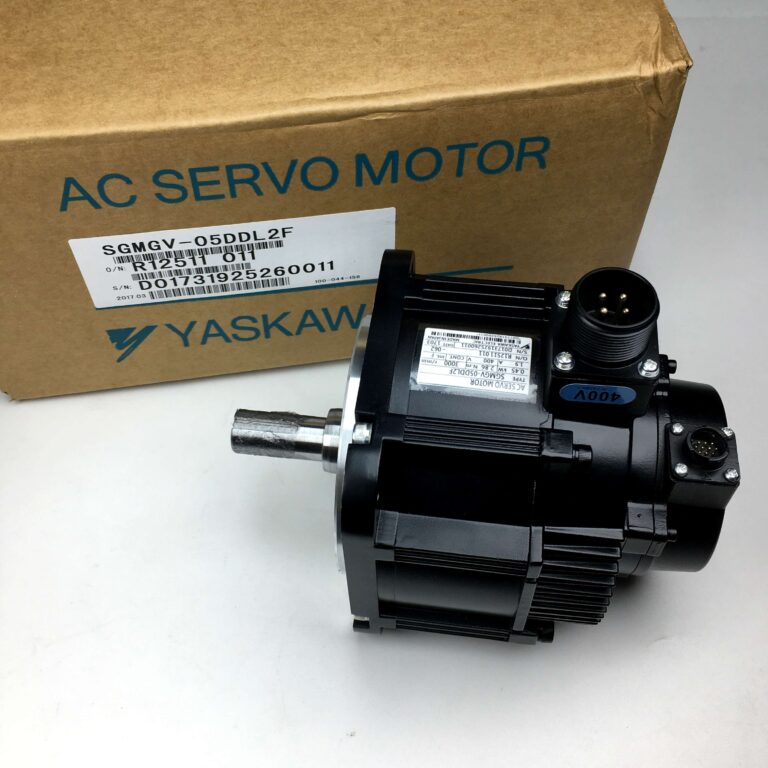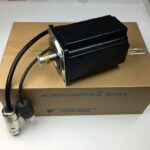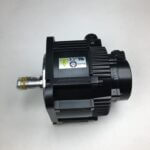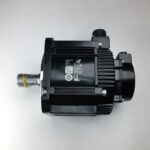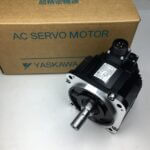Can Servos Be Used as Motors? Exploring Servo Technology
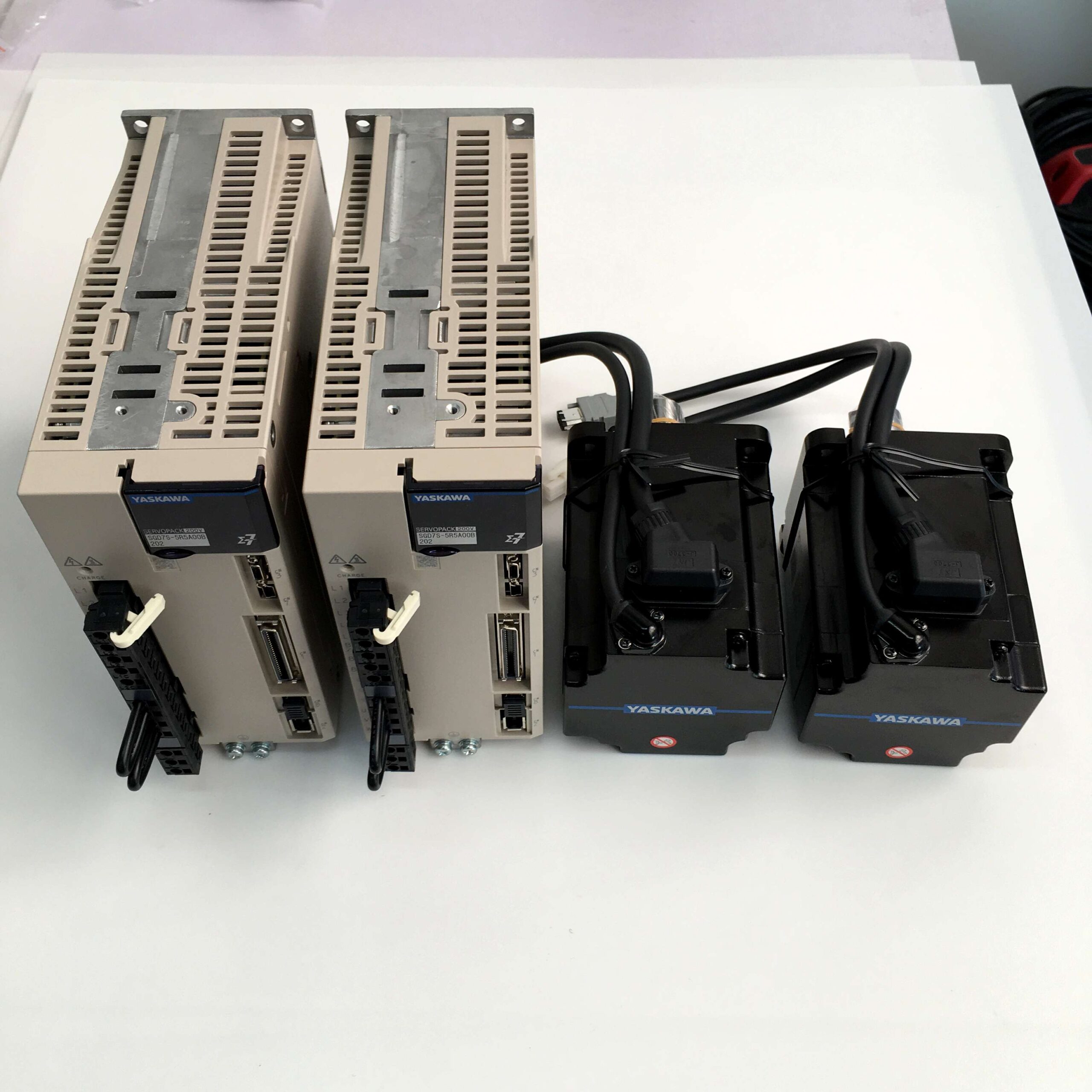
The question “can servos be used as motors” often arises in the context of robotics, automation, and various engineering projects. The simple answer is yes, but there’s much more to explore about how servo motors function and their capabilities compared to standard motors. This article will delve into the intricacies of servo motor technology, explaining their unique features, how they work, and in which situations they can effectively be utilized as general-purpose motors. Understanding the versatility of servos will broaden your perspective on motion control solutions. We’ll examine what makes a servo motor special and how it can be adapted for various uses. Let’s get into the details!
How Servo Motors Differ from Standard Motors
While all motors convert electrical energy into mechanical motion, servo motors differ significantly from standard DC or AC motors in several key aspects:
| Feature | Servo Motor | Standard DC/AC Motor |
|---|---|---|
| Control | Closed-loop control with position feedback | Typically open-loop control |
| Precision | High precision in position and speed control | Less precise control over position and speed |
| Torque | High torque at low speeds, optimized for holding position | Torque characteristics vary widely depending on motor type |
| Application | Robotics, automation, CNC machines, applications requiring precise positioning and control | General-purpose applications, fans, pumps, conveyors, where precise position is not critical |
| Complexity | More complex, involving control circuitry, feedback mechanisms | Simpler design |
| Cost | Generally more expensive | Typically less expensive |
| Shaft | Limited rotation, often 180 degrees or less, designed to move to and hold a specific angular position | Continuous rotation, designed for continuous spinning at varying speeds |
A servo motor is designed for precise movements. A servo motor is made for situations where accuracy is crucial. For instance, a DC servo motor offers excellent control but might not be suitable for continuous rotation without modification.
Modifying Servos for Continuous Rotation
Standard servo motors are typically designed to rotate to a specific position within a limited range, often 180 degrees or less. However, it’s possible to modify a servo motor for continuous rotation, essentially converting it into a gear motor with control. This involves disabling the internal position feedback mechanism and bypassing the control circuit that limits its rotation. This modification is important for some robot projects. This alteration allows the shaft of the servo to spin freely in either direction, similar to a standard DC motor.
Continuous rotation servos are purpose made for continuous movement. While this modification allows the servo to be used as a motor, it’s important to note that the precise position control is lost.
Continuous rotation servos are an option for those who want to avoid modifying their servos.
Applications Where Servos Can Replace Standard Motors
While modified servos can function as motors, they are best suited for specific applications where their unique characteristics offer advantages:
- Robotics: In small to medium-sized robots, modified servos can drive wheels or other moving parts. Their compact size and built-in gear reduction make them suitable for such uses. Control of the robot is often managed using a motor driver shield or a wireless motor driver.
- Automation: For tasks requiring controlled, repetitive movements, such as moving a platform back and forth, a continuous rotation servo can be a viable option.
- Camera Gimbals: Modified servos can provide smooth and controlled movement for stabilizing cameras or other equipment.
- Educational Projects: In educational settings, the simplicity and availability of servos make them a good choice for demonstrating basic motion control concepts. The standard hobby servo is often used in such projects.
Servo systems like the pacmotion servo drives offer advanced options for more complex applications. - Hobby Projects: Many makers use servos in their projects.
Limitations of Using Servos as Motors
It’s important to be aware of the limitations when using servos as general-purpose motors:
- Loss of Precision: Once modified for continuous rotation, a servo loses its ability to accurately move to and hold a specific position.
- Limited Torque: Compared to similarly sized DC motors, modified servos may have lower torque output.
- Speed Control: While you can control the speed of a modified servo, the control might not be as smooth or precise as with a dedicated DC motor driver.
- Efficiency: Servos are not optimized for continuous rotation and may be less efficient than standard motors designed for such use.
When considering different types of servo motors, it’s essential to understand these limitations. Using a servo motor in place of a regular motor has some drawbacks.
Servo Drive Technology
Servo drives are a crucial part of a servo motor system. They are electronic amplifiers used to power and control servo motors. They take a command signal, either analog or digital, and compare it to feedback from the servo motor’s position sensor. Based on this comparison, the servo drive adjusts the voltage and current supplied to the motor to achieve the desired motion.
Modern servo drives, such as those from servo drive manufacturers, offer advanced features like:
- PID Control: Proportional-Integral-Derivative control algorithms for precise motion control.
- Torque Control: Allows for direct control of the motor’s torque output.
- Velocity Control: Enables precise regulation of the motor’s rotational speed.
- Network Connectivity: Many servo drives can be connected to industrial networks for centralized control and monitoring.
Companies like servo drives vfds specialize in developing sophisticated servo drive technologies. The synchronous generator’s rotor in large power plants is an example of advanced servo applications.
AC Servo Motors vs. DC Servo Motors
Servo motors are broadly classified into AC servo motors and DC servo motors. Here’s a brief comparison:
| Feature | AC Servo Motor | DC Servo Motor |
|---|---|---|
| Power Source | AC power | DC power |
| Commutation | Electronic commutation using a servo drive | Mechanical commutation using brushes or electronic commutation with a controller |
| Torque | High torque at high speeds | High torque at low speeds |
| Speed | Higher maximum speeds | Lower maximum speeds |
| Maintenance | Lower maintenance due to brushless design | Higher maintenance due to brush wear (in brushed DC motors) |
| Efficiency | Generally more efficient | Less efficient at higher speeds |
| Cost | Typically more expensive | Generally less expensive |
| Applications | Industrial automation, robotics, CNC machines, high-performance motion control | Robotics, hobby projects, applications requiring precise position control |
AC servo motors are often preferred for industrial applications due to their high power, efficiency, and low maintenance requirements. DC servo motors, particularly the brushless type, are popular in robotics and other applications where precise position control is essential. An induction servo motor and a series servo motor are other variations of servo motor types. Permanent magnet motors are often used in servo designs.
FAQs
1. What is the maximum power rating for a typical servo motor?
The maximum power rating of a servo motor varies widely depending on the size and type. Smaller servos used in hobby projects might have a power rating of a few watts, while industrial AC servo motors can have power ratings of several kilowatts.
2. How do I choose between an AC servo motor and a DC servo motor?
The choice between an AC servo motor and a DC servo motor depends on the specific application requirements. AC servo motors are generally preferred for high-power, high-speed, and high-efficiency applications. DC servo motors are often chosen for applications requiring precise position control at lower speeds and where cost is a significant factor.
3. What is a servo motor made of?
A servo motor is typically made of a stator (stationary part with windings), a rotor (rotating part, often with permanent magnets), bearings, an output shaft, and a position sensor (e.g., encoder or potentiometer). The housing is usually made of metal for durability and heat dissipation.
4. Can I use a standard hobby servo for industrial applications?
Standard hobby servos are generally not suitable for industrial applications due to their limited power, durability, and precision. Industrial applications typically require more robust and precise servo motors designed for continuous operation under demanding conditions.
5. What are some common PLC questions and answers related to servo motors?
- What is a servo motor?
A servo motor is a type of motor that allows for precise control of angular or linear position, velocity, and acceleration. - How do I interface a servo motor with a PLC?
Servo motors are typically controlled by servo drives, which receive commands from a PLC via analog signals, digital pulses, or a communication network. - What are some important parameters when programming a servo motor in a PLC?
Key parameters include target position, speed, acceleration, deceleration, and torque limits. - What is a motor driver shield? A motor driver shield is an add-on board for microcontrollers like Arduino that simplifies the connection and control of motors, including servos. It provides the necessary circuitry to interface the microcontroller’s low-power signals with the higher current and voltage requirements of the motor.
- What are some typical applications of servo motors in automation?
Typical servo motor applications include robotic arm movements, conveyor belt positioning, CNC machine axis control, and any automation task requiring precise and repeatable motion.
6. What are some examples of live PLC questions related to servo motors?
Here are some examples:
- “How can I troubleshoot a servo motor that is not reaching its target position?”
- “What are the best practices for tuning PID parameters in a servo drive for optimal performance?”
- “How do I synchronize the motion of multiple servo motors in a PLC program?”
- “What are the advantages of using an AC servo motor over a DC servo motor in a high-speed packaging application?”
- “How can I implement torque control for a servo motor in a PLC-based system?”
Conclusion
In answering the question, “can servos be used as motors,” we’ve explored the diverse capabilities of servo motor technology. While standard servos are designed for precise position control, they can be adapted for continuous rotation, effectively functioning as motors in specific applications. However, it’s crucial to understand their limitations compared to standard DC or AC motors. The choice between using a servo or a standard motor depends on the specific requirements of your project, considering factors like precision, torque, speed, and control. Servo technology, with its advancements in servo drives and motor design, continues to push the boundaries of motion control, offering increasingly sophisticated solutions for various industries.
